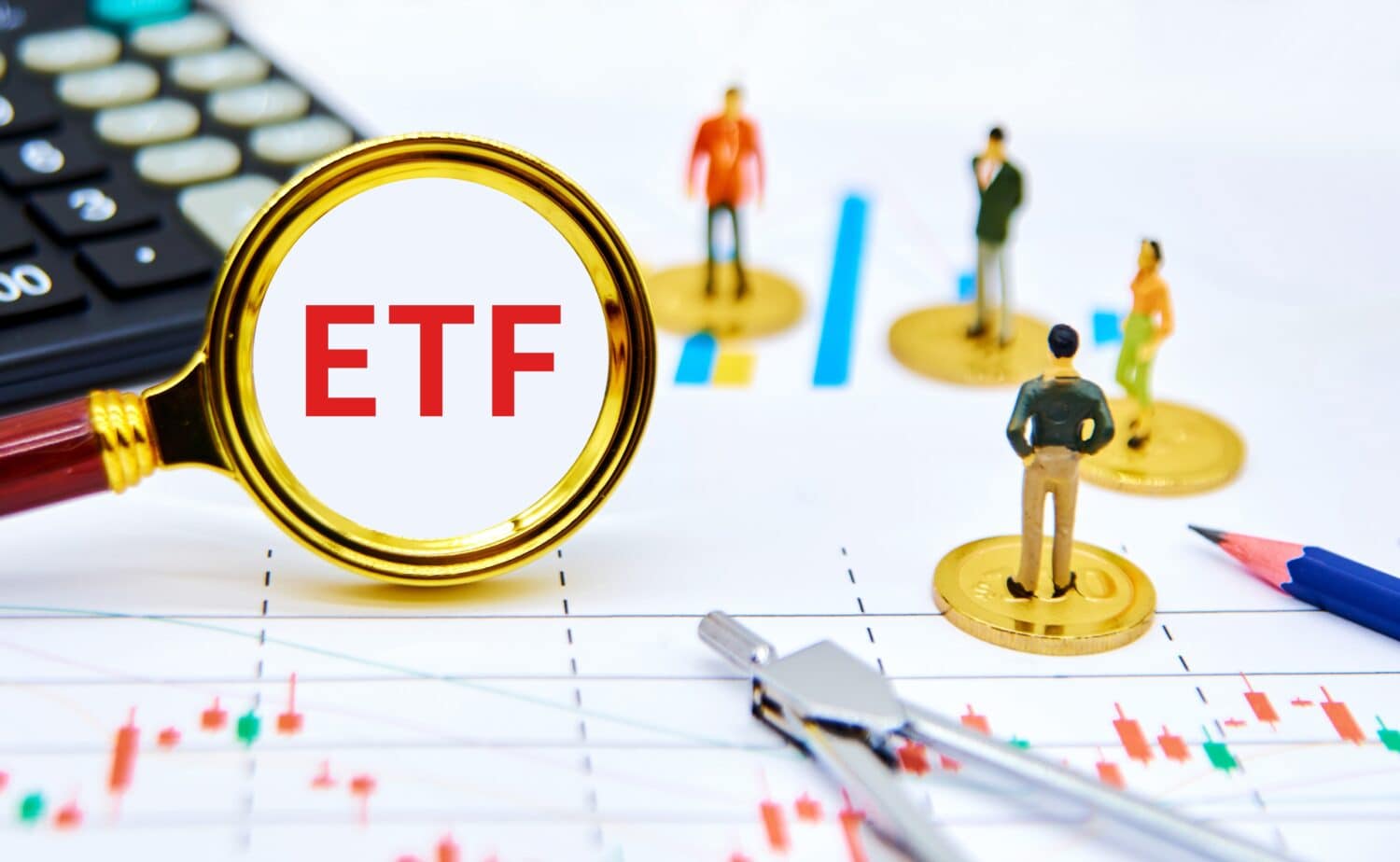

The Financial Select Sector SPDR Fund (NYSE ARCA: XLF) ETF gives investors an opportunity to gain exposure to North America’s leading names in financial services, including heavy-hitting S&P 500 stocks, in one fund. As a cap-weighted index, XLF avoids small-cap stocks, so investors are instantly allocated to dozens of leading industry names, the top 10 of which comprise more than 50% of the portfolio.
In an environment where community banks have been at risk of failure over the past year plus, large-cap stocks provide investors with a greater sense of security. Top institutional holders including Vanguard, BlackRock and Fidelity agree, as do many retail investors who also include this diversified financial ETF in their portfolios.
XLF Performance
Investors in the XLF ETF have experienced steady returns of late, including a massive 25% return in the past 12 months. This ETF is trading 5% below its 52-week high, and most Wall Street analysts have a “buy” rating on the fund. Financial stocks, including Wall Street banks and card networks, have been beneficiaries of the high interest rate economy, buoying the ETF.
After the Fed decided to keep interest rates steady this week, XLF’s ride is likely to continue for the near term, as investors look to further capitalize on the interest income being collected. Any pullback in the XLF ETF is likely to be viewed as a buying opportunity given Wall Street’s bullish outlook for large-cap financial stocks in this elevated rate environment.
Here’s a glimpse into some of the XLF ETF’s biggest holdings based on market cap:
| Company | Weight | Market Cap |
| Berkshire Hathaway | 13.09% | $862.4B |
| JPMorgan | 9.97% | $547.9B |
| Visa | 7.74% | $547B |
| Mastercard | 6.80% | $408.5B |
| Bank of America | 4.64% | $288.3B |
| Wells Fargo | 3.85% | $208.4B |
| Goldman Sachs | 2.49% | $139.3B |
| American Express | 2.40% | $166.9B |
| S&P Global | 2.38% | $128B |
| Progressive Corp | 2.17% | $123B |
| Citigroup | 2.12% | $116.4B |
| Morgan Stanley | 2.07% | $149.1B |
Berkshire Hathaway’s Dominance
With a hefty market cap of $862.4 billion, Warren Buffett’s Berkshire Hathaway (NYSE: BRK-B) has the single-largest weighting in the XLF ETF, at 13.09%. As Berkshire Hathaway gears up for its annual shareholder meeting, which starts tomorrow, class-B shares have been flirting with the $400 level after rising 12% year-to-date. Since the recent passing of Charlie Munger, who was Buffett’s right-hand man, investors will be listening for details on the future direction of the company, including a succession plan for when the 93-year-old Oracle of Omaha is no longer in charge.
As a master stock picker, Buffett’s maiden stock investment was a bank, Cities Service at $38 a pop. He is a creature of habit, as Berkshire has heavy exposure to the financial sector, including stocks like Ally Financial (NYSE: ALLY) and Capital One, to name a couple. Performance from financial stocks has helped to offset weakness in sectors like housing in this diversified holding company.
Berkshire shares have also been helped by Buffett’s decision to embrace technology stocks, not least Apple (Nasdaq: AAPL), which pays a quarterly cash dividend of $0.24 per share and which reports Q2 earnings results today.
JPMorgan on the Leaderboard
As the second most heavily weighted stock in the XLF ETF, JPMorgan (NYSE: JPM) has been a major driver of returns. JPMorgan stock, which recently increased its quarterly cash dividend payout from $1.05 to $1.15 per share, is up 12.4% year to date. In Q1, JPMorgan’s profit grew 6% to $13 billion while revenue increased 8% to $42.5 billion, owing largely to soaring interest income from the high-rate economy and rising loan balances. Recent pressure in JPM stock comes in response to a $100 million fine to a U.S. regulator for trading surveillance indiscretions.
JPMorgan, which is among the 20 most valuable companies on the planet, is eyeing full-year 2024 interest income of $90 billion, guidance that was offered before the Fed’s latest take on inflation. As a result, it’s entirely possible that JPMorgan could revisit its outlook before the year is over. JPMorgan CEO Jamie Dimon recently surprised economists when he described the U.S. economy as “booming,” pointing to catalysts like American consumers, who possess more wealth today than they did before the pandemic.
Progressive Insurance Is Anything but Boring
With a 30% return year-to-date, Progressive Corp (NYSE: PGR) has been another driver of the XLF ETF’s performance of late. Progressive, which pays a quarterly dividend of $0.10 per share, has a market cap of $123.3 billion. The stock, which is trading roughly 3% from its all-time high, is a favorite among Wall Street analysts, having earned 10 buy ratings and an average price target of $228, reflecting 8.5% potential upside.
PGR shares are up 32% year-to-date, far surpassing the S&P 500’s 5.5% return, which is not bad for a safe insurance stock. Bank of America analyst Josh Shanker, who rates the stock a “buy,” pointed out the stock is among the “least volatile…in the S&P 500 that can also deliver outsized stock performance.” Insurance stocks are one way to capitalize on elevated inflation in the economy as providers continue to benefit from higher premiums charged to policyholders.
ALERT: Take This Retirement Quiz Now (Sponsored)
Take the quiz below to get matched with a financial advisor today.
Each advisor has been vetted by SmartAsset and is held to a fiduciary standard to act in your best interests.
Here’s how it works:
1. Answer SmartAsset advisor match quiz
2. Review your pre-screened matches at your leisure. Check out the advisors’ profiles.
3. Speak with advisors at no cost to you. Have an introductory call on the phone or introduction in person and choose whom to work with in the future
Take the retirement quiz right here.
Thank you for reading! Have some feedback for us?
Contact the 24/7 Wall St. editorial team.



